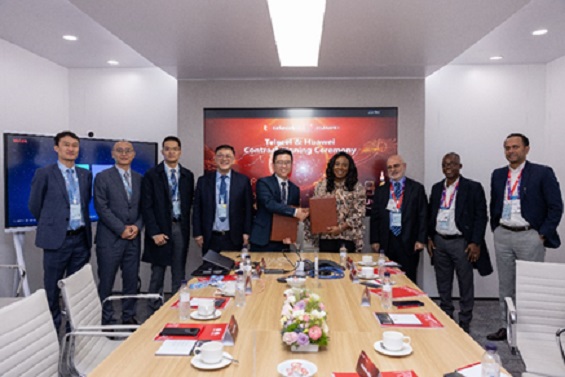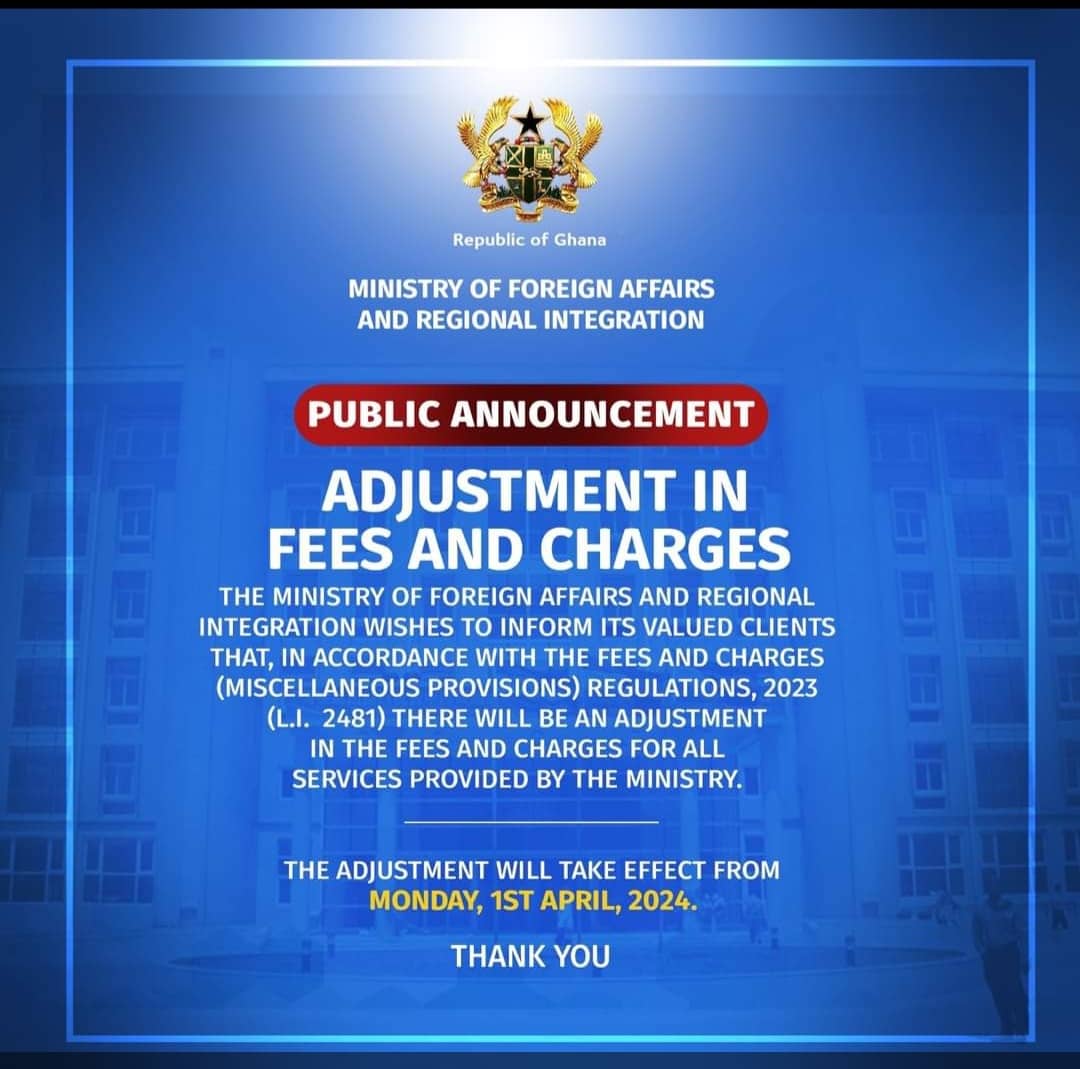
Huawei hosted the 5G Beyond Growth Summit at MWC Barcelona 2024 on Sunday, February 25. At the summit, Li Peng, Huawei’s Corporate Senior Vice President and President of ICT Sales & Service discussed how carriers can achieve business success in 5G and how 5.5G will further unlock the potential of networks and create new growth opportunities.
“5G is on the right path to business success,” said Li. 5G began commercialization in 2019, and over the past five years, it has already gained 1.5 billion 5G users around the world. It took nine years for 4G to make this happen. Currently, 20% of global mobile subscribers are using 5G. These users generate 30% of all mobile traffic and contribute to 40% of mobile service revenue.
Li explained, “5.5G is entering commercial use in 2024, and as 5.5G, AI, and cloud converge, carriers can unlock the potential of new applications and capabilities.”
He went on saying carriers around to the world should focus on high-quality networking, multi-dimensional monetization, emerging services, and generative AI to grasp these opportunities.
High-quality networks are still the foundation of business success
Mobile users have proven willing to purchase experience upgrades for their mobile packages if their networks are of high enough quality. The traffic generated by these users is therefore expected to significantly increase, allowing carriers to maximize the value of traffic. This has led to more and more carriers proposing strategic goals that include the construction of high-quality 5G networks.
Some carriers in the Middle East, for example, have already deployed Massive MIMO networks, and the optimal experience delivered by these networks have made 5G FWA rollout a success. Currently, 5G FWA has connected nearly 3 million households, making it a powerful engine of revenue growth for carriers.
Multi-dimensional monetization maximizes the value of each bit
More than 20% of global 5G carriers have already adopted speed-tiered pricing models. One carrier in Thailand, for example, recently released a 5G Boost Mode add-on, which allows subscribers to select different speed tiers to best meet their usage needs. This model has helped the carrier increase its ARPU by about 23%. Another Chinese carrier has launched a guaranteed uplink package to provide livestreamers with smooth, high-definition livestreaming experiences. The package has become quite popular and helped the carrier increase its ARPU by more than 70%.
New emerging services enable long-term sustainable growth
New services like New Calling, cloud phones, and glasses-free 3D are getting more and more attention from consumers. For example, New Calling’s value-added functions like virtual avatars are becoming quite popular. Users are also willing to pay more for services that deliver real-time experience, such as one-stop car insurance claims.
5G has been also adopted among many industries. In China, more than 50,000 private 5G network use cases have entered commercial use in over 50 industries. The new capabilities of 5.5G, including deterministic latency, precise positioning, and passive IoT, are expected to create even more opportunities for carriers in the B2B market.
Generative AI will drive the mobile industry into the era of all intelligence
According to IDC, global AI mobile phone shipments will reach 170 million in 2024. This will account for 15% of all smartphone shipments. Next-generation AI phones will have more powerful storage, display, and imaging capabilities. The AIGC applications powered by these phones will generate hundreds of billions of GB data and create new opportunities for carriers.
Li closed out his remarks at the summit by promising, “Together with carriers, we will unlock the potential of 5G and 5.5G, and drive incredible new growth.”
The post Huawei’s Li Peng: Unleashing new growth in 5G and new 5.5G commercialization appeared first on The Business & Financial Times.
Read Full Story

























Facebook
Twitter
Pinterest
Instagram
Google+
YouTube
LinkedIn
RSS